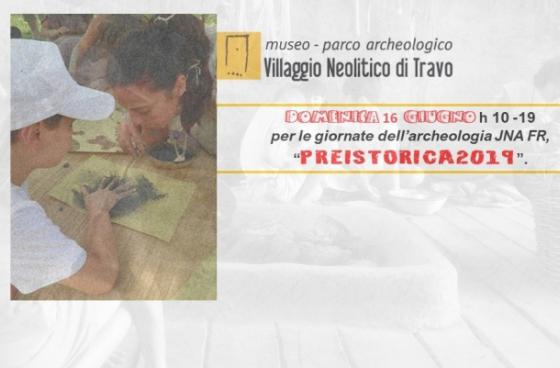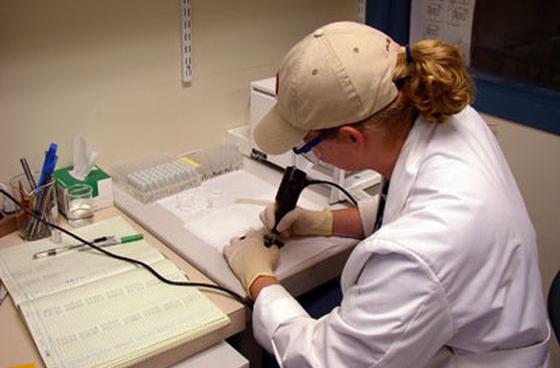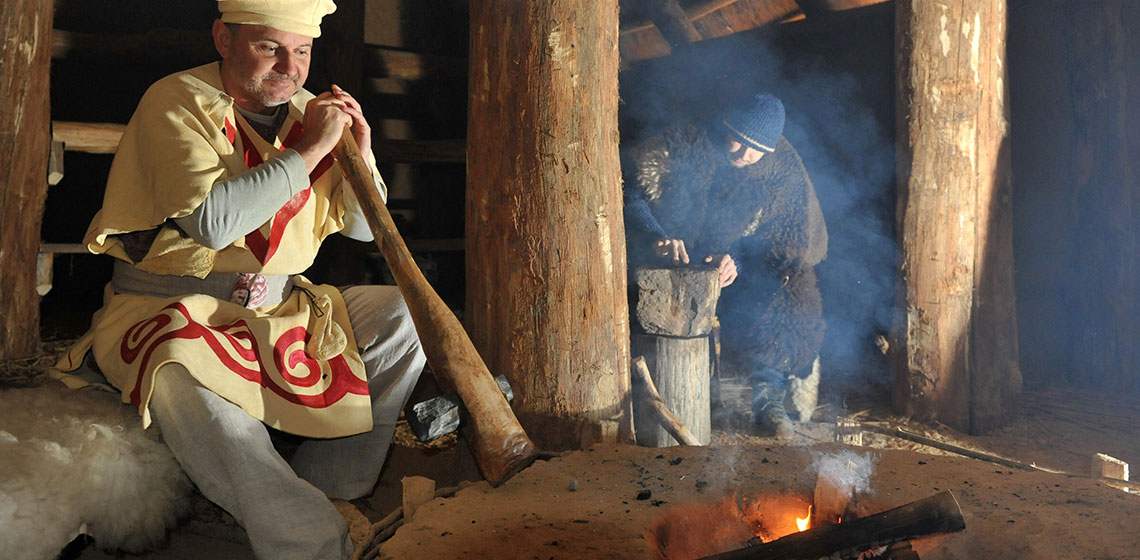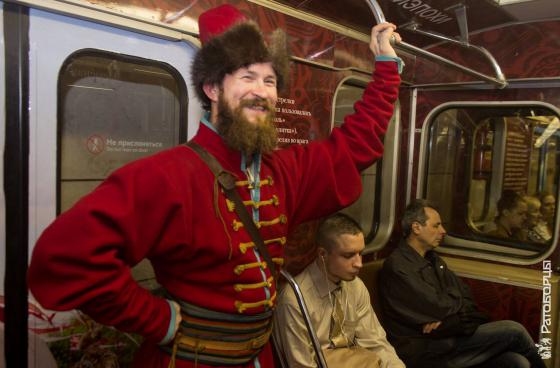Clay and Fire
Ceramic crockery and corners of the Neolithic home. Theme guided tour and ceramic workshop. It is an opportunity to discover that the core of many activities within the home is the hearth, that the weaving area consists of a vertical frame and that the stone tools used in agricultural and daily activities find them in the peasant world. Of the end of the century, but they are of metal.










